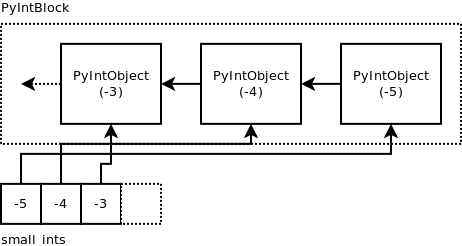Python中单例模式总结
一、单例模式
a、单例模式分为四种:文件,类,基于__new__方法实现单例模式,基于metaclass方式实现
b、类实现如下:
class Sigletion(objects):
import time
def __init__(self):
time.sleep(1)
@classmethod
def instance(cls,*args,**kwargs)
if not hasattr(Sigletion,'_instance'):
Sigletion._instance=Sigletion(*args,**kwargs)
return Sigletion._instance
import threading
daf task(arg):
obj=Sigletion.instance()
print(obj)
for i in range(10):
t=threading.Thread(target=task,args=[i,])
t.start()
c、基于__new__方法实现单例模式
import time
import threading
class Singleton(object):
_instance_lock=threading.Lock()
def __init__(self):
pass
def __new__(cls, *args, **kwargs):
if not hasattr(Singleton,"_instance"):
with Singleton._instance_lock:
if not hasattr(Singleton,"_instance"):
Singleton._instance=object.__new__(cls,*args,**kwargs)
return Singleton._instance
obj1=Singleton()
obj2=Singleton()
print(obj1,obj2)
def task(arg):
obj = Singleton()
print(obj)
for i in range(10):
t = threading.Thread(target=task,args=[i,])
t.start()
d、基于metaclass方式实现单例模式
"""
1.对象是类创建,创建对象时候类的__init__方法自动执行,对象()执行类的 __call__ 方法
2.类是type创建,创建类时候type的__init__方法自动执行,类() 执行type的 __call__方法(类的__new__方法,类的__init__方法)
# 第0步: 执行type的 __init__ 方法【类是type的对象】
class Foo:
def __init__(self):
pass
def __call__(self, *args, **kwargs):
pass
# 第1步: 执行type的 __call__ 方法
# 1.1 调用 Foo类(是type的对象)的 __new__方法,用于创建对象。
# 1.2 调用 Foo类(是type的对象)的 __init__方法,用于对对象初始化。
obj = Foo()
# 第2步:执行Foodef __call__ 方法
obj()
"""
import threading
class SingletonType(type):
_instace_lock=threading.Lock()
def __call__(cls, *args, **kwargs):
if not hasattr(cls, "_instance"):
with SingletonType._instace_lock:
if not hasattr(cls, "_instance"):
cls._instance = super(SingletonType,cls).__call__(*args, **kwargs)
return cls._instance
class Foo(metaclass=SingletonType):
def __init__(self,name):
self.name=name
obj1 = Foo('name')
obj2 = Foo('name')
print(obj1,obj2)

